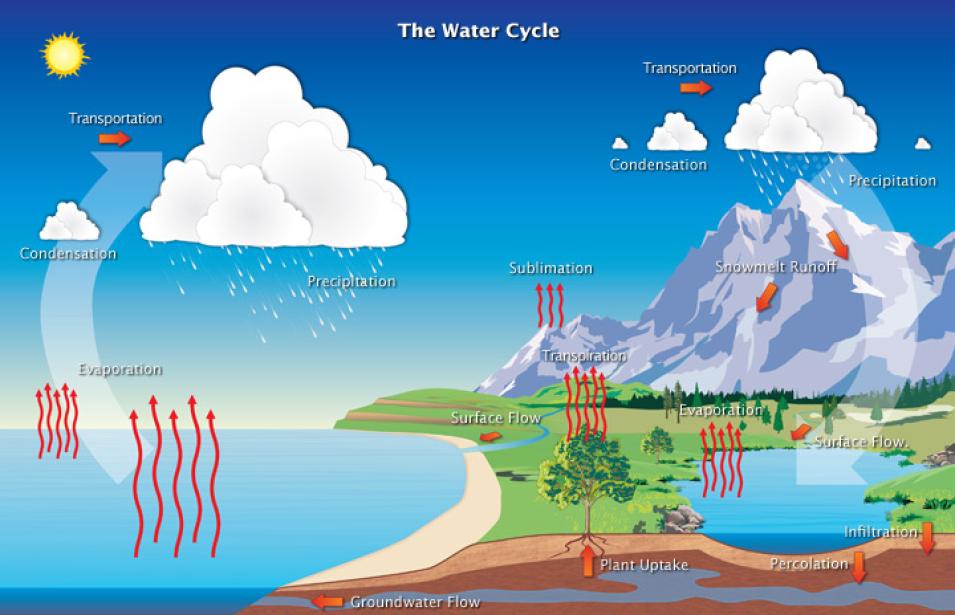Dr. Frederick Bingham, Professor, University of North Carolina Wilmington, Department of Physics and Physical Oceanography
Research Interests: Ocean salinity, its role in ocean dynamics and the water cycle, and its variability; data management for large oceanographic field campaigns.
Research Highlights: Everyone knows seawater is salty, but few know that even small variations in sea surface salinity (i.e., the concentration of dissolved salts at the sea surface) can have dramatic effects on the water cycle—the path water molecules take as they make their way from Earth’s surface to the atmosphere and back again. In fact, ocean surface salinity is the key variable that scientists use to better understand how inputs and outputs of fresh water affect ocean dynamics.
By tracking ocean surface salinity with data from Earth-observing satellites and in-situ sensors like Argo floats and buoys, scientists can monitor variations in the water cycle including land runoff, sea ice freezing and melting, and evaporation and precipitation over the ocean. In addition, now that they have decades of salinity data at their disposal, scientists have discovered a world of patterns and variations in ocean salinity. Such insights are noteworthy, as salinity can impact ocean circulation, which in turn can have significant impacts on Earth’s climate.
Among the scientists studying the variability of ocean salinity, its role in ocean dynamics, and its impact on the water cycle is Dr. Frederick Bingham, a professor in the Department of Physics and Physical Oceanography at the University of North Carolina Wilmington.
“The aim of my work is to try to understand how the water cycle works,” Bingham said. “Ninety percent of the water cycle occurs in and around the ocean and the ocean provides all of the water for everything that takes place on land, so understanding the ocean’s part in the water cycle is of paramount importance. Salinity is a great window into that.”
Sea surface salinity is always in flux. When fresh water is pulled off the ocean's surface through the process of evaporation, the ocean gets saltier. Conversely, when fresh water enters the ocean in the form of precipitation, the ocean water gets less salty. These natural phenomena, along with several others (e.g., ocean currents, wind, ice melt, etc.) are what enable Bingham to use the ocean as something of a gauge for deciphering its part in and impact on the water cycle.
